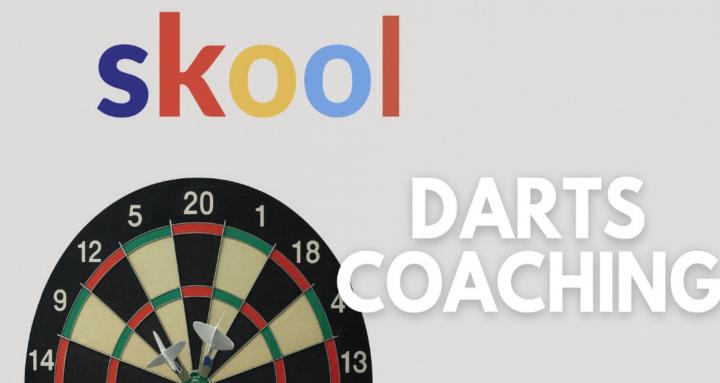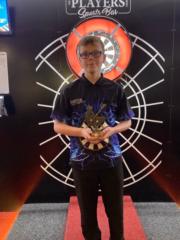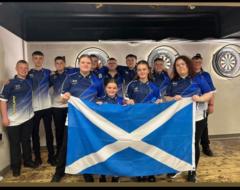12d • Mental Health
🎯 ADHD in Darts – What It Means and How to Work With It
I have worked with many people in the coaching arena, of varying ages, who have an official diagnoses of ADHD and many more who haven't, and I would suggest that I am somewhere on that particular spectrum. This post isn't about identifying people, it's about awareness and compassion.
Like most things, there are Pros and Cons to it, just like there is with Autism, when playing sport and darts in particular.
ADHD isn’t just something that shows up at school or work — it shows up at the dartboard to and understanding it can be the difference between constant frustration and finding your own way to perform.
Why It Occurs in Life
ADHD (Attention Deficit Hyperactivity Disorder) isn’t a weakness — it’s a brain wiring difference.
- It thrives on stimulation and novelty.
- It struggles with stillness, repetition, and delayed reward.
- It often comes with huge strengths — creativity, energy, passion, and the ability to hyperfocus when the spark is lit.
In life, this wiring can create challenges in school, work, relationships, and sport but it also fuels many people’s drive, resilience, and uniqueness.
How It Shows Up at Different Ages
- Children: Restlessness, impatience waiting for turns, frustration when losing.
- Teenagers: Struggles with focus in practice, emotional swings after wins or losses, all-or-nothing effort.
- Adults: Difficulty sticking to routines, inconsistency under pressure, or over-reliance on technical “fixes” instead of trusting the process.
In darts, this often looks like:
- Rushing throws when bored or distracted.
- Overthinking mechanics mid-match.
- Bursts of brilliance (hyperfocus) followed by lapses.
- Emotional reactions when things don’t go to plan.
What We Can Do About It
The key isn’t to “fight” ADHD — it’s to work with it.
- Process over outcome: Break the game into small, meaningful goals instead of obsessing over averages or results.
- Pre-shot routine: A simple, repeatable structure gives the mind a safe anchor.
- Channel hyperfocus: Use competition to light the spark but practice creating focus on command.
- Emotional reset tools: Breathing, stepping back, or reframing mistakes can stop the spiral.
- Flexibility training: Learn to shift from “all or nothing” to steady consistency.
- Celebrate strengths: Energy, passion, and creativity are performance weapons when channelled.
✅ The point isn’t to erase ADHD — it’s to understand it.
When you stop fighting against your wiring and start designing your game around it, darts becomes not only more enjoyable but more consistent.
1
0 comments

skool.com/darts-360-performance-academy-1933
Mindset and Performance Coaching for Darts Players
Powered by





